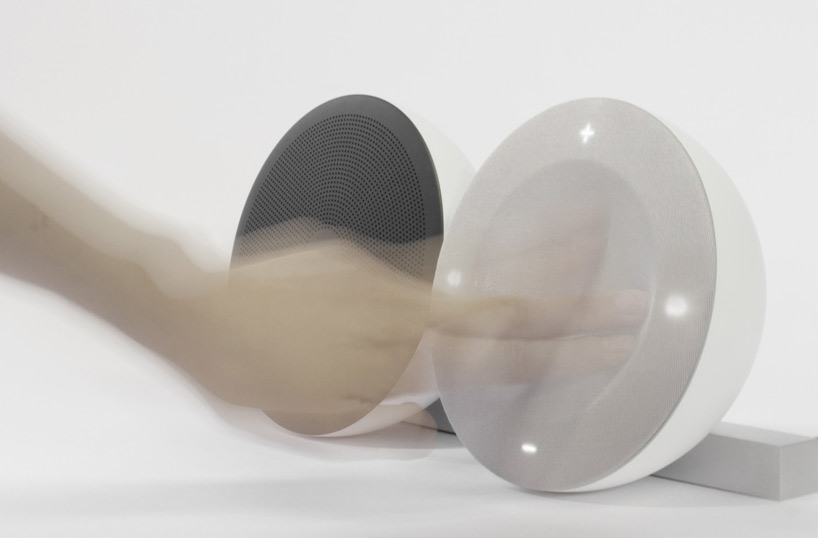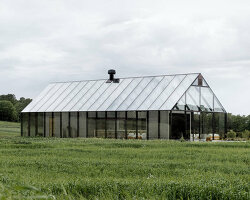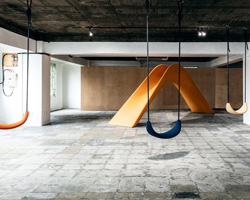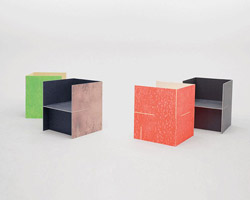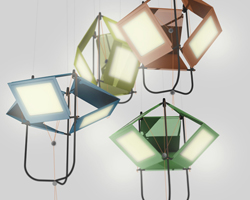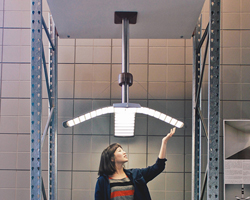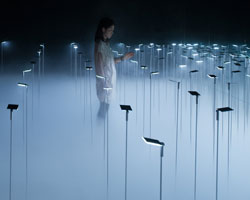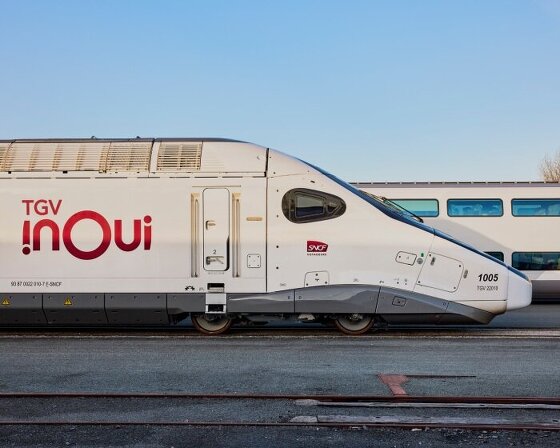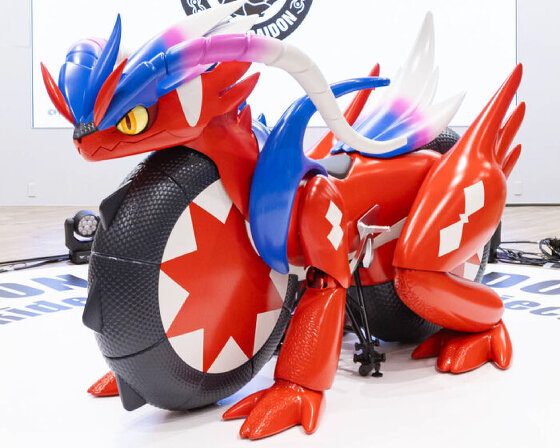surface matters: tactile audio + lighting exhibition by eun hee jo at the design museum
all images courtesy eun hee jo
in a project that connects interface accessibility with digital experience, designer eun hee jo explores flexible material surfaces as two-dimensional planes, and how they can integrate into a product or environment. ‘surfaces matters’, an initiative developed during the design museum’s annual designers in residence programme, focuses on functional materials with the potential to respond to physical encounters.
‘everyday, we are engaged with physical objects that involve gestural interaction. controlling interfaces such as 2D screens and touch screens have become conventional in our daily lives,’ says jo. ‘the development of emerging technologies enables us to encounter digital interaction in products with more convenience. existing interfaces however, remain as grey-scale buttons or controls, which inherit less emotional value in products,’ she adds.
surface matters: tactile audio + lighting exhibition by eun hee jo
video courtesy eun hee jo
building on the audio technology from her previous project, ‘TTI’ (tangible textural interfaces), ‘audio. 01’ is conceived as a stand-alone hi-fi system that integrates a tactile fabric control interface into its design. customizable in both material and color, the device is mainly controlled through the textiles, involving gentle gestural and physical interactions. the stereo sound piece symmetrically stands next to the main unit, offering audio feedback along with visual input. ‘audio. 01’ consists of 3 main functions: changing tracks, volume control and an equalizer.
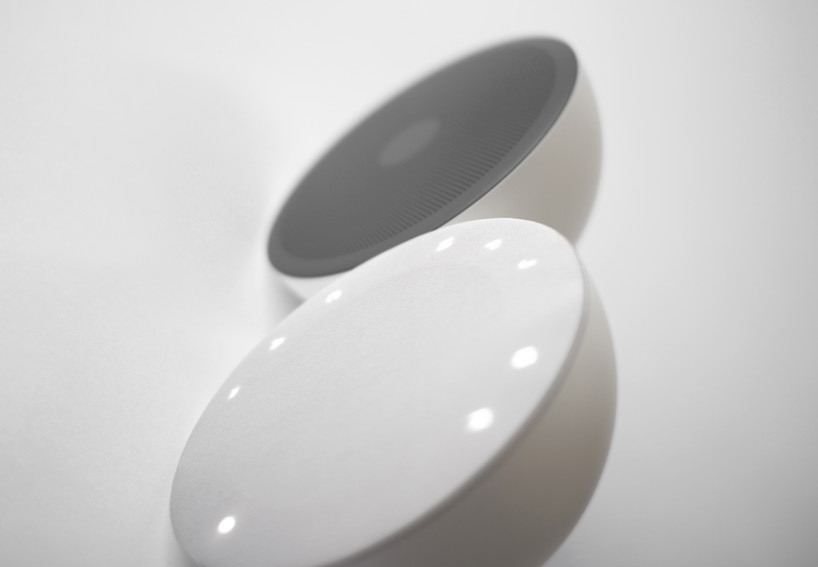
‘audio. 01’ consists of 3 main functions: changing tracks, volume control and an equalizer

looking to the future home environments, ‘lighting.02’ creates a new typology of light in an interior setting. the wall embedded OLED is a re-defined illumination surface that incorporates an alternative ambient light experience. utilizing philips lumiblade technology and fabrics provided from kvadrat, the interactive pieces are highly adaptable; they remove the boundaries of shape and size associated with conventional lighting as they involve intuitive tactile engagement to enable functions such as changing the color temperature and intensity.
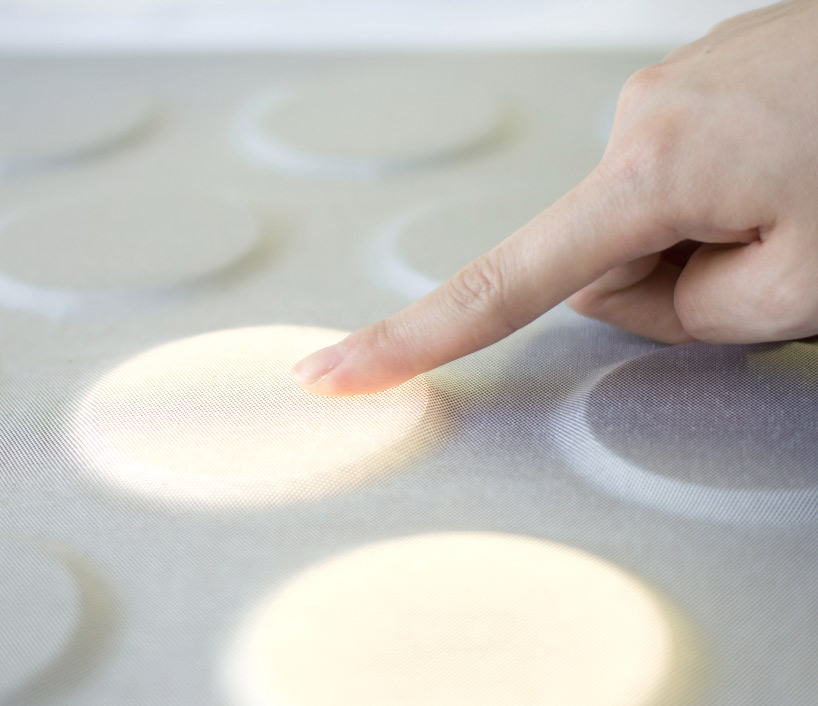
the interactive pieces are highly adaptable; they remove the boundaries associated with conventional lighting
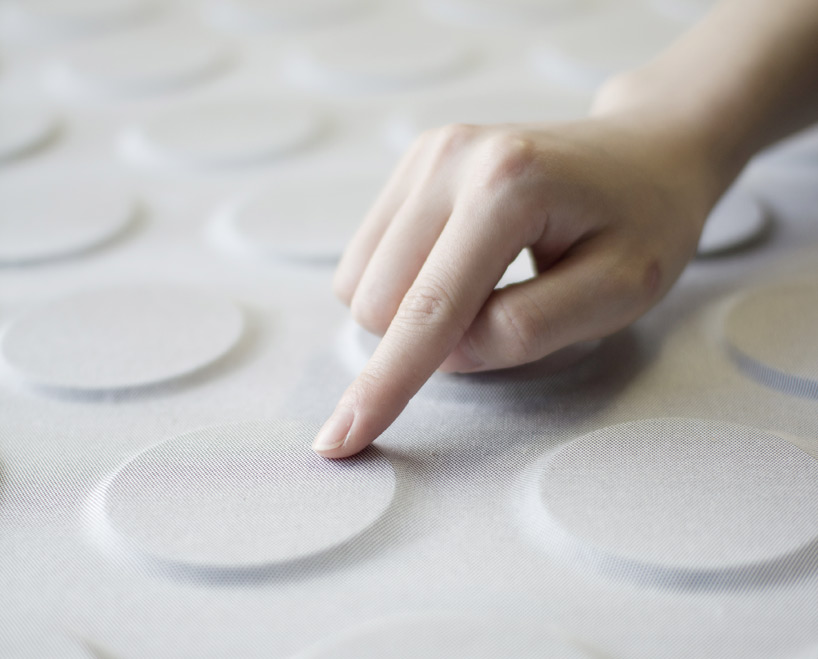
intuitive tactile engagement enables functions such as changing the lighting intensity
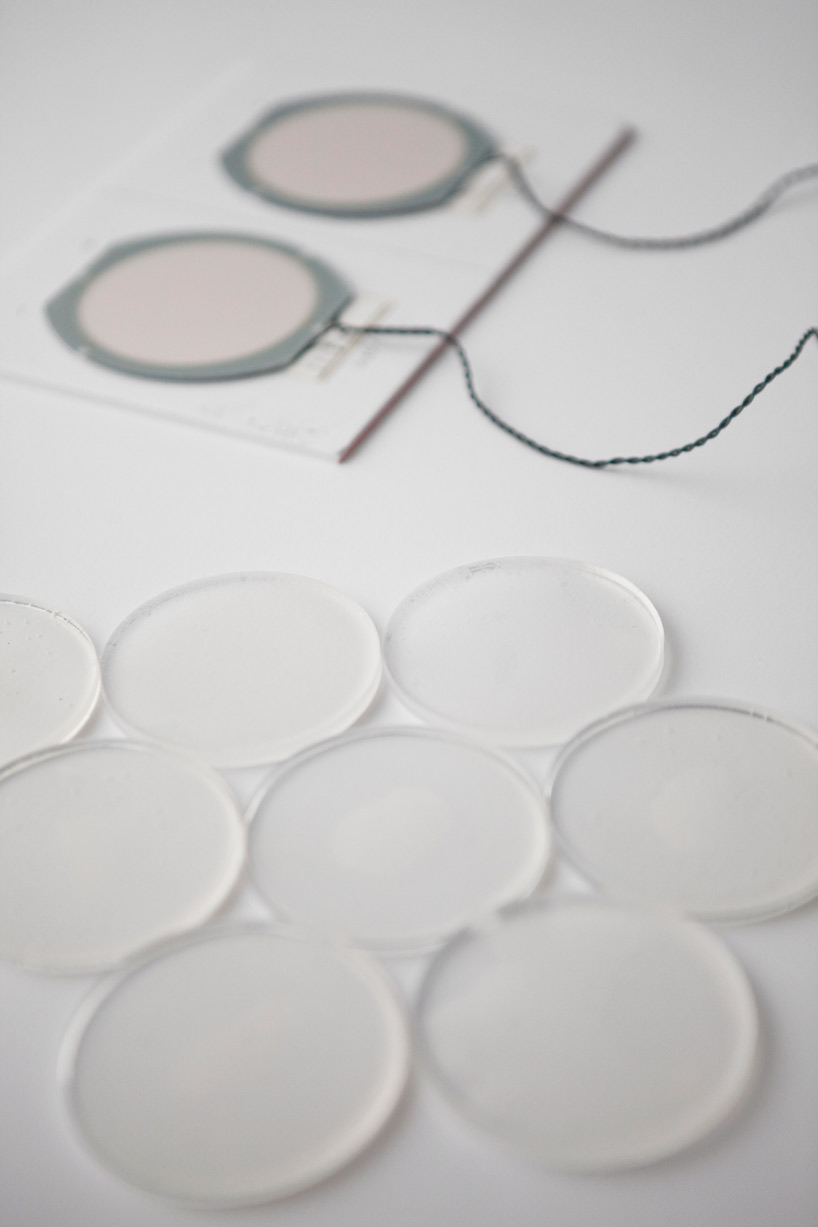
prototyping the light
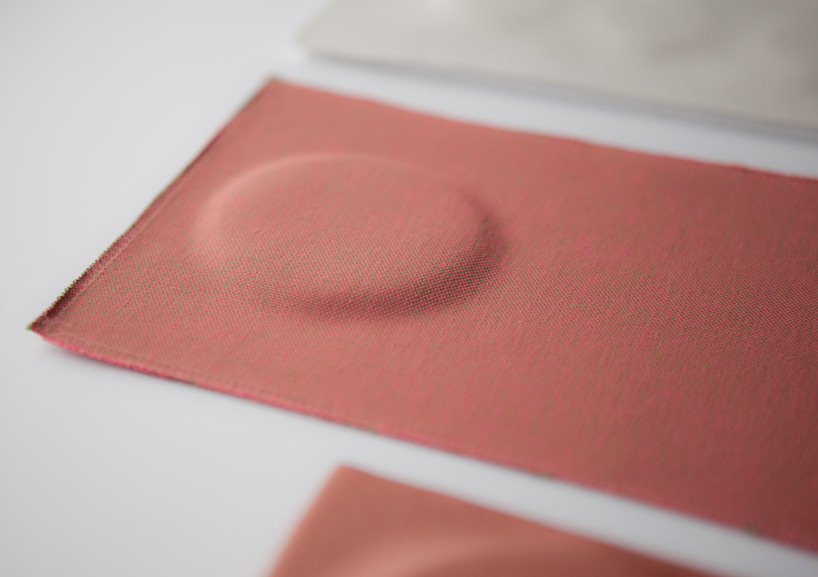
kvadrat fabric samples
project credits:
collaborators: seitaro taniguchi (engineering)
supporters: cloudandco & plus sejung (audio), kvadrat & philips lumiblade (lighting)
